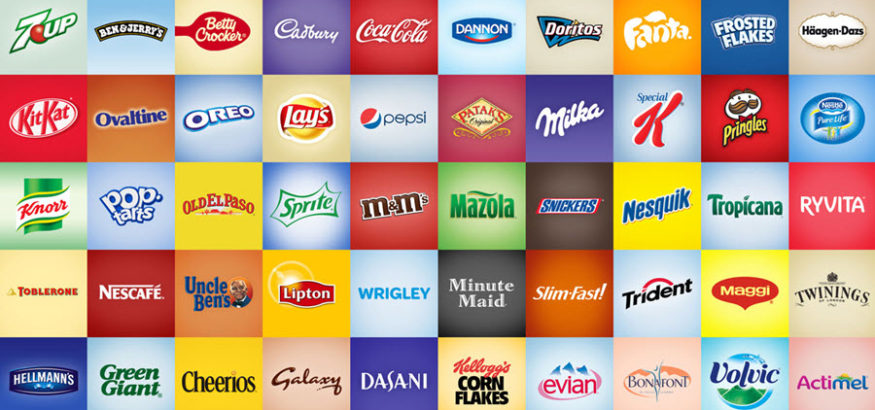Save Money on Food by Shopping Loss Leaders
Grocery store sale flyers are a wealth of information, but not everything listed on the pages is actually a great deal. There are, however, hidden gems within these ads and they're known as “loss leaders.”
A loss leader is a product being offered at an extreme discount. In fact, some of the savings are so significant they actually cost the grocery store money as they are selling the items for a price lower than what they paid to bring it there in the first place. These sale items are designed to entice shoppers to come to the store in the hopes that you’ll buy other products while you’re there, helping to offset the sale price. However, you don’t have to buy anything else to take advantage of true loss leader savings.
How to Identify a Loss Leader
Spotting these great deals isn’t intuitive; they aren’t listed together on a single page in the ad or marked with a special message. Instead, they are spread throughout the ad and typically look like every other offer on the page.
Additionally, they aren’t limited to a particular category. They’re typically spread throughout the store and used as a method to get you to move through multiple aisles while you shop.
To figure out what items are being offered at these rock bottom prices, you need to know the regular price and determine the significance of the discount. Typically, this means examining every sale product that would be part of your average shopping list individually to see if it is really a great deal or if they are simply creating the illusion of significant savings.
If you’re a regular coupon user, you can also see if any of the discounts line up with the sale. If you have a coupon that makes a particular product practically free, then you can almost guarantee you have a loss leader in your hands.
Shopping Loss Leaders
When you plan to purchase loss leaders, you need to have a plan. First, you should only buy products you’ll actually use, regardless of the size of the discount. Spending money on things you don’t need doesn’t save you money, no matter how cheap it is. The only exception may be items that are free when you use a coupon. If it won’t cost you anything, and you have a friend, family member, or local charitable organization that can use it, then it doesn’t hurt to scoop it up and pass it along.
Next, you need to determine if stocking up is wise. Buying multiples of nonperishable loss leaders can be a great plan if you will use the items. Some common products in this category include household goods, like dish soap and laundry detergent, as well as dry goods, like beans and dry pasta, as well as frozen vegetables.
Then, check the ad to see if there is a purchase limit. In some cases, a grocery store will restrict shoppers to a specific number of the item. While this helps ensure that a single person doesn’t clear off the shelf by themselves, it does mean you might not be able to get more than a few at the advertised price.
Finally, write a list and stick to it. Loss leaders are designed to get you into the store, so you spend money. If you are enticed by other products you didn’t intend to buy, you could negate any loss leader savings by making unplanned purchases.
By learning to spot loss leaders and planning properly, you can save yourself a significant amount of money, helping to keep your grocery budget in check. So, take some time to review that weekly store ad and see if a great deal is there for the taking. Then, stick to your list and enjoy the savings.
In addition to huge grocery savings at the supermarket, learn about other ways to reduce costs through government programs and food budgeting techniques.

